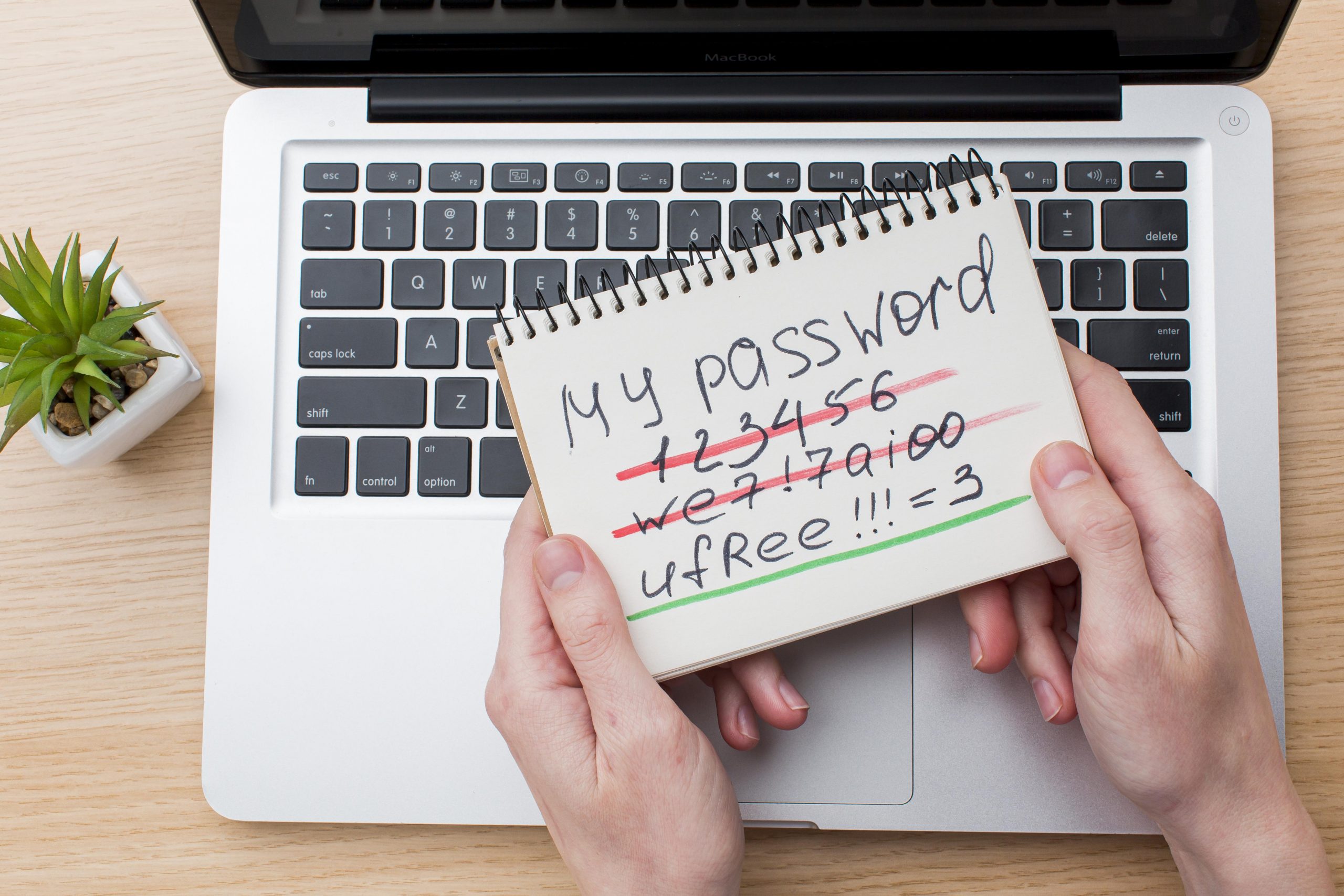In today’s digital landscape, securing sensitive information is critical. Multi-factor authentication (MFA) solutions (MFA) have become a key part of this process, adding an extra layer of security by requiring users to verify their identity using multiple methods. This blog will explore different multi-factor authentication solutions and their applications.
1. What are MFA Solutions?
MFA solutions require users to provide two or more verification methods before accessing a system. These methods typically combine something the user knows (a password), something they have (a device), and something they are (biometric data). MFA significantly reduces the risk of unauthorized access compared to single-factor authentication.
2. Benefits of MFA Solutions
The primary benefit of multi-factor authentication solutions is the enhanced security they provide. By requiring multiple forms of verification, it becomes much harder for malicious actors to gain access to systems, even if they have obtained a password. MFA also helps businesses comply with industry regulations and standards for data protection.
3. Types of Multi-Factor Authentication Solutions
There are several types of MFA solutions available today, ranging from SMS-based one-time passwords to advanced biometric recognition. Companies can choose the MFA solution that best fits their security needs and user convenience. Popular options include hardware tokens, mobile authentication apps, and fingerprint scanners.
4. Implementing MFA Solutions
Implementing MFA solutions can be straightforward with the right tools. Many modern cloud services and platforms offer built-in support for MFA. For businesses that want to strengthen their security framework, MFA is an essential addition to their cybersecurity measures. Integrating MFA into your company’s IT environment not only protects data but also boosts user confidence.
Conclusion
As security threats continue to evolve, the importance of multi-factor authentication solutions cannot be overstated. By leveraging MFA, businesses can safeguard their sensitive data and protect against breaches. To explore more on this, visit Bedots.
Read more: Trends and Challenges in IT Security



